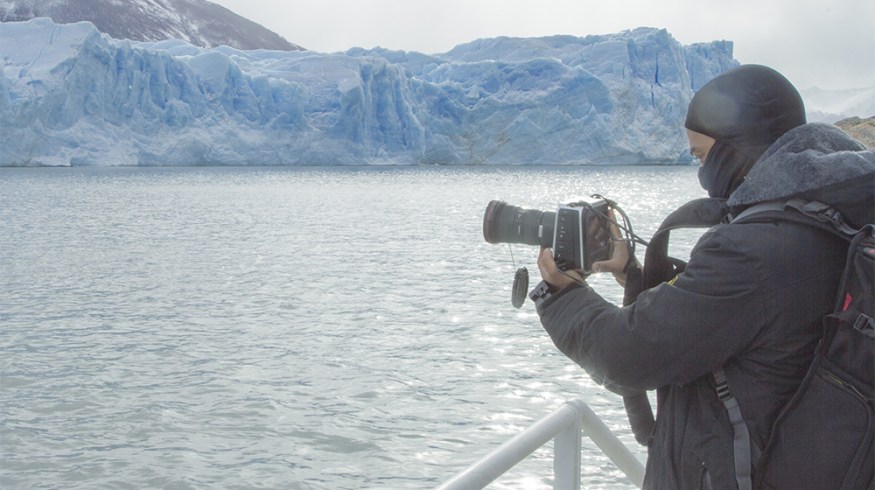
7 Tips for Handling Your Camera Gear in the Cold
Working with camera gear in the cold requires a special approach. Find out what you need to know about using your equipment in cold-weather.
Cover image via Shutterstock.
As seasons change and temperatures drop, it’s important to know what this means for your gear. Unlike dealing with hot climates, working under cold conditions may seem less problematic (at least in terms of overheating), but there are plenty of other issues that could derail your shoot or damage your equipment.
Let’s look at seven tips and tricks to keep your gear safe and warm on the chilliest shoots.
Don’t Breathe on Your Lens
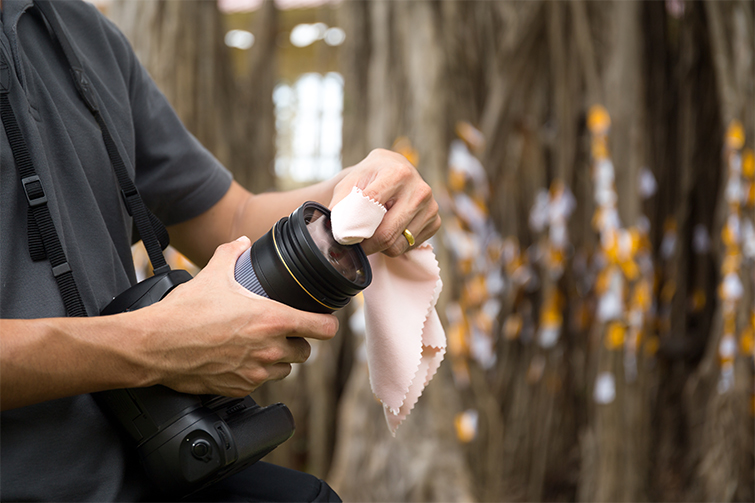
Image via Shutterstock.
Tip number one for shooting in the cold is to never, ever breathe on your lens to clean it. This is a good tip under any circumstances (because breathing on your lenses to clean them is not a recommended way to clean them), but in cold weather, it’s an especially bad idea because your warm breath can fog up and even freeze your lens. If you need to clean your lens, use a microfiber cloth or brush.
Touch Screen Gloves
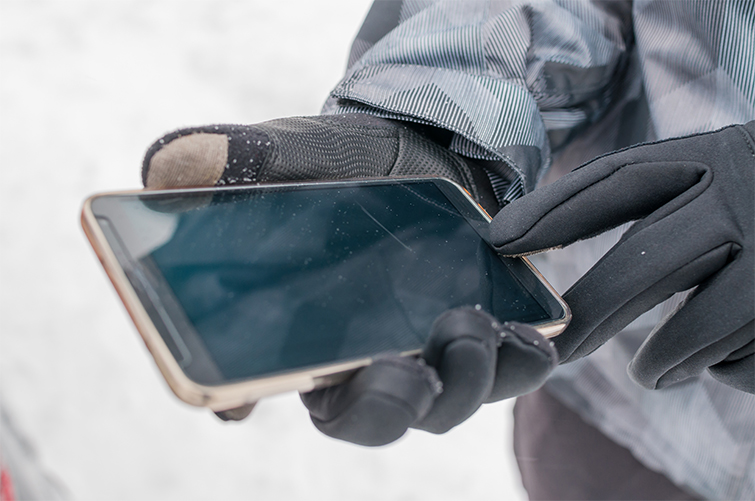
Image via Shutterstock.
As camera technology has advanced, tactile buttons have disappeared in favor of touch screen controls, which is awesome for greater option control, but they can be tricky to work with in different weather and lighting situations. The touch screens also need contact with your skin, so if you’re wearing gloves in cold weather, you’re going to have some trouble.
However, luckily there are gloves made specifically for using touch screen devices like camera LCDs, smartphones, etc. Here are some good options to consider:
- GliderGlove — $19.99
- SetWear — $27.95
- ExoSkin Leather — $29.69
- Vallerret Markhof — $68.08
Insulate Your Gear
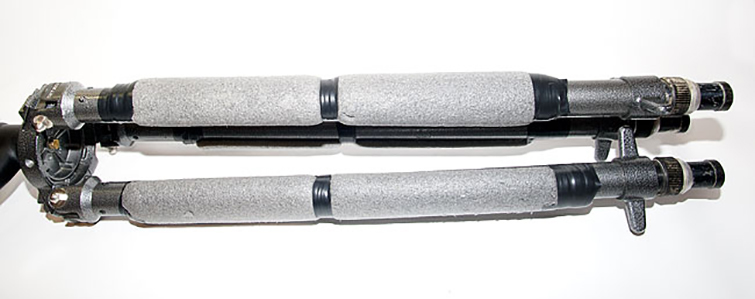
Image via Canadian Nature Photographers.
Another handy trick when working with lots of gear in the cold is to insulate your metal or aluminum gear. You can use pipe insulation on tripods, monopods, light stands, C-stands, etc. to help keep them from freezing over.
Hand Warmers
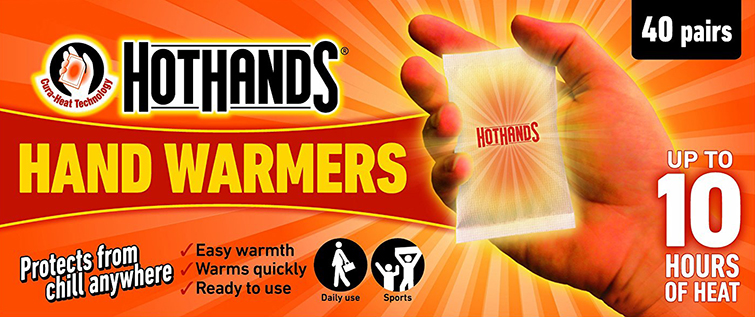
Image of HotHands Hand Warmers.
One of your best options to fight the elements in cold environments is hand warmers. You can purchase these relatively cheaply and in bulk. They can also double as a way to warm your hands in your pockets and a way to keep your bags and gear warm when they’re not in use.
Desiccant Packs

Image via Shutterstock.
Desiccant packs don’t warm year gear, but, importantly, they keep it dry. I’d recommend keeping some large packs in your camera bag at all times in the cold. (You can get desiccant packs of all sizes here.)
Plastic Bags
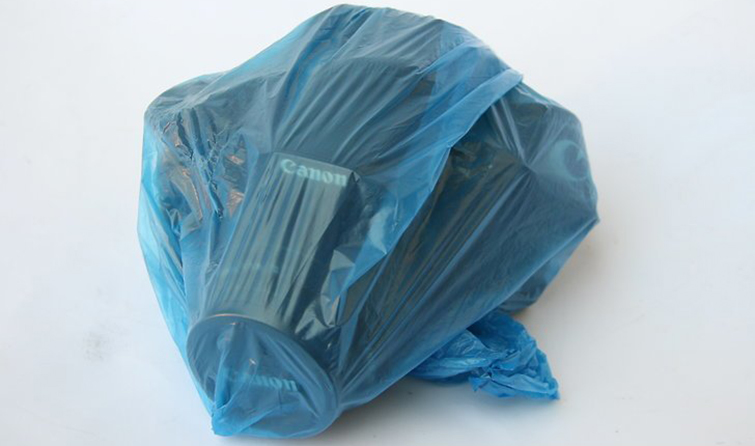
Image via WikiHow.
When you’re working in extreme cold, and shooting with sensitive gear or expensive cameras, you need to be extra careful with changes of temperature and what that can do to electronics. The issue of condensation becomes important because it can suddenly build up when the temperature shifts from very cold to warm — or even just room temperature. Putting plastic bags (preferably with locking seals) over your gear before shifting temperature environments can help keep the condensation on the bag, not your camera.
Extra Batteries
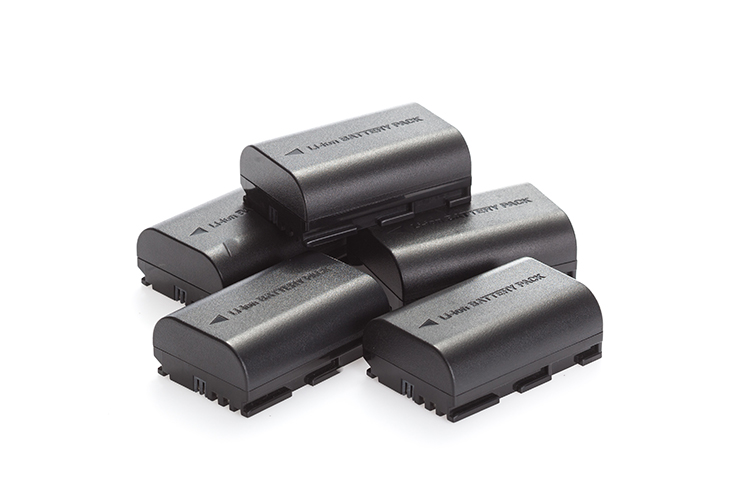
Image via Shutterstock.
Finally, one of the most important items for preparing for any shoot is to always have plenty of extra batteries. Cold weather can wreck havoc on your backup supplies as extreme temperatures can cause them to die more quickly and unexpectedly. To ensure they stay warm and safe, consider some of the warming tips above as well as frequently rotating batteries to keep them alive and humming.
For more tips and tricks on keeping your gear safe and organized, check out some of these articles.






